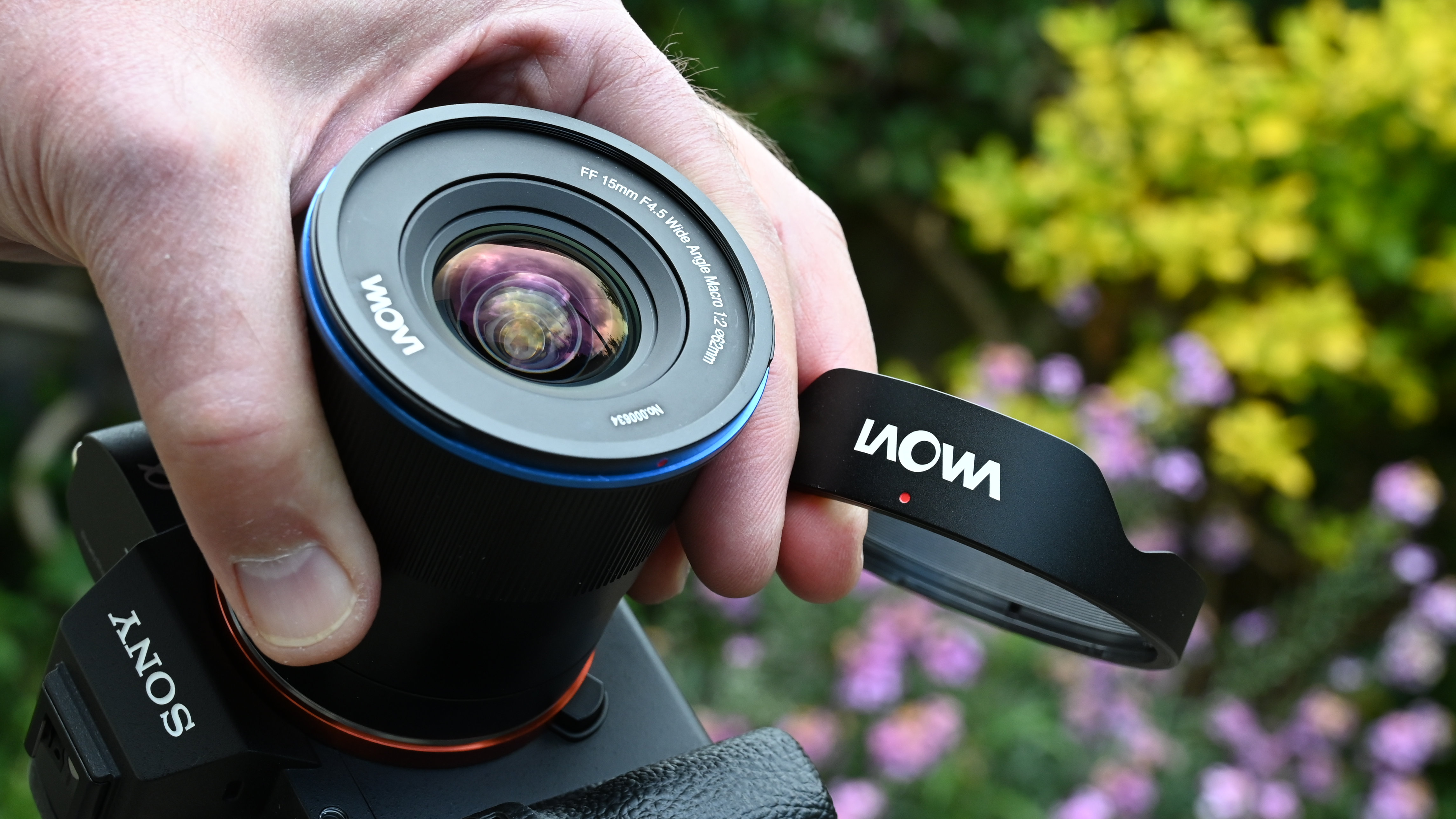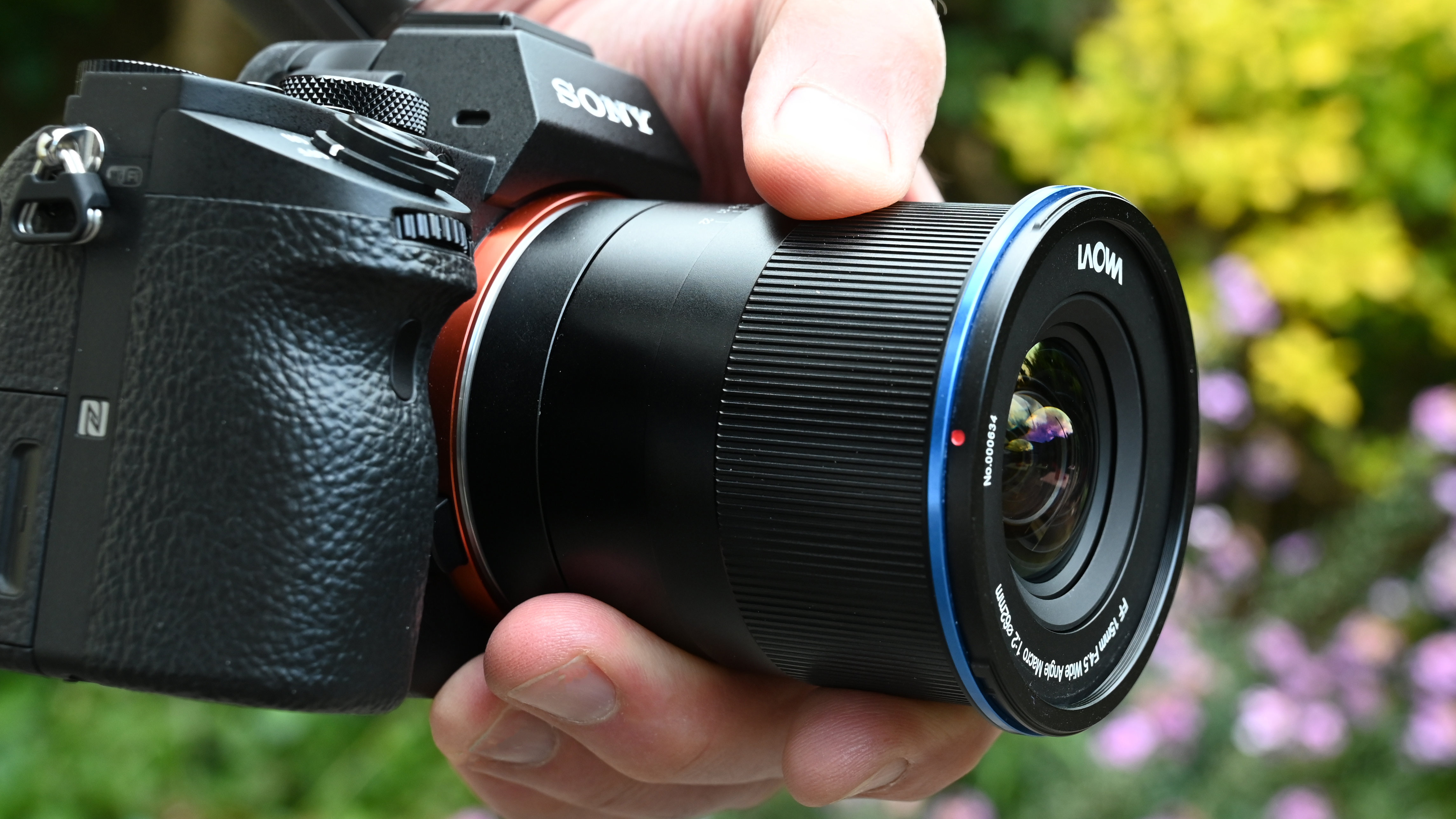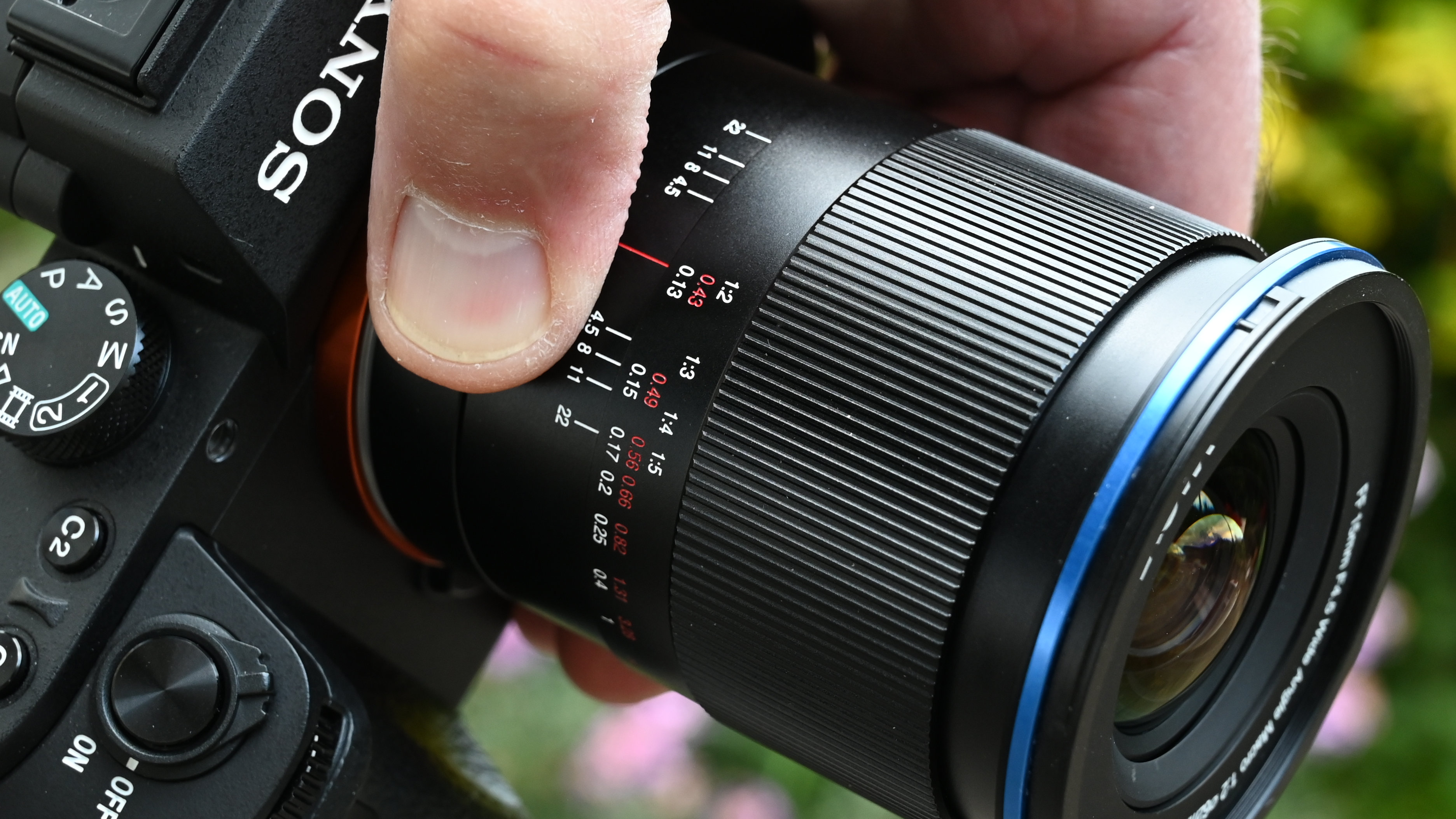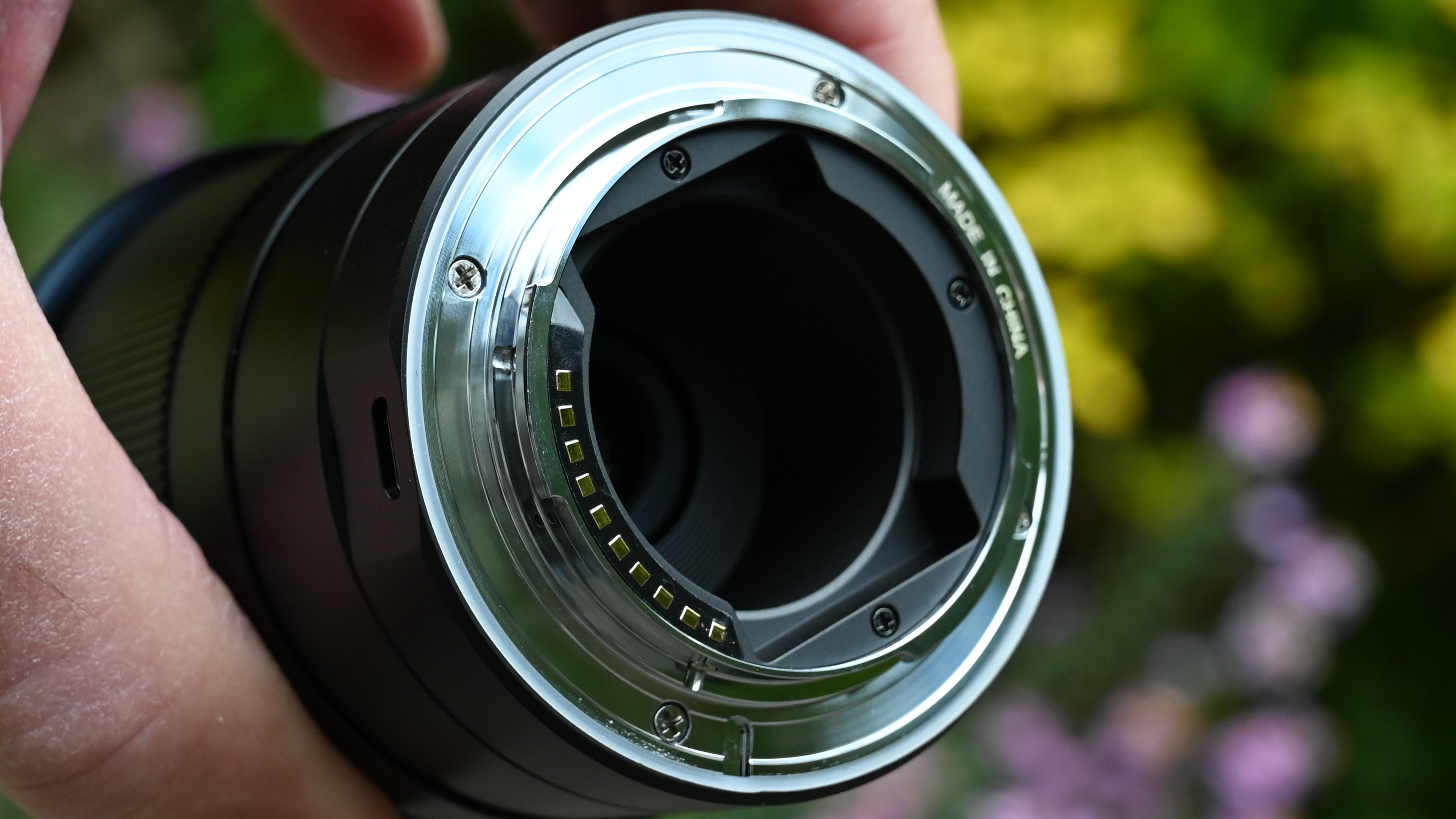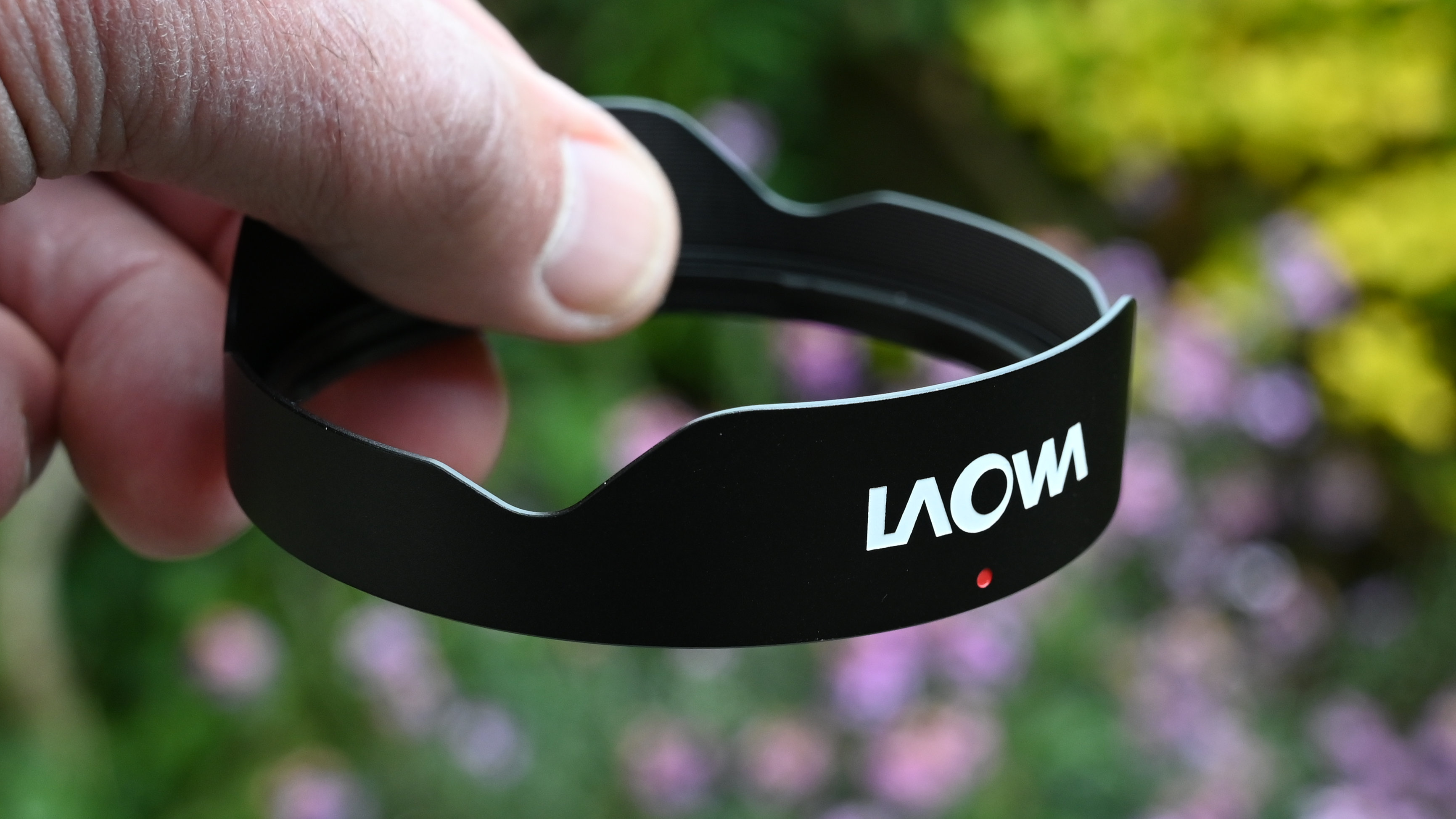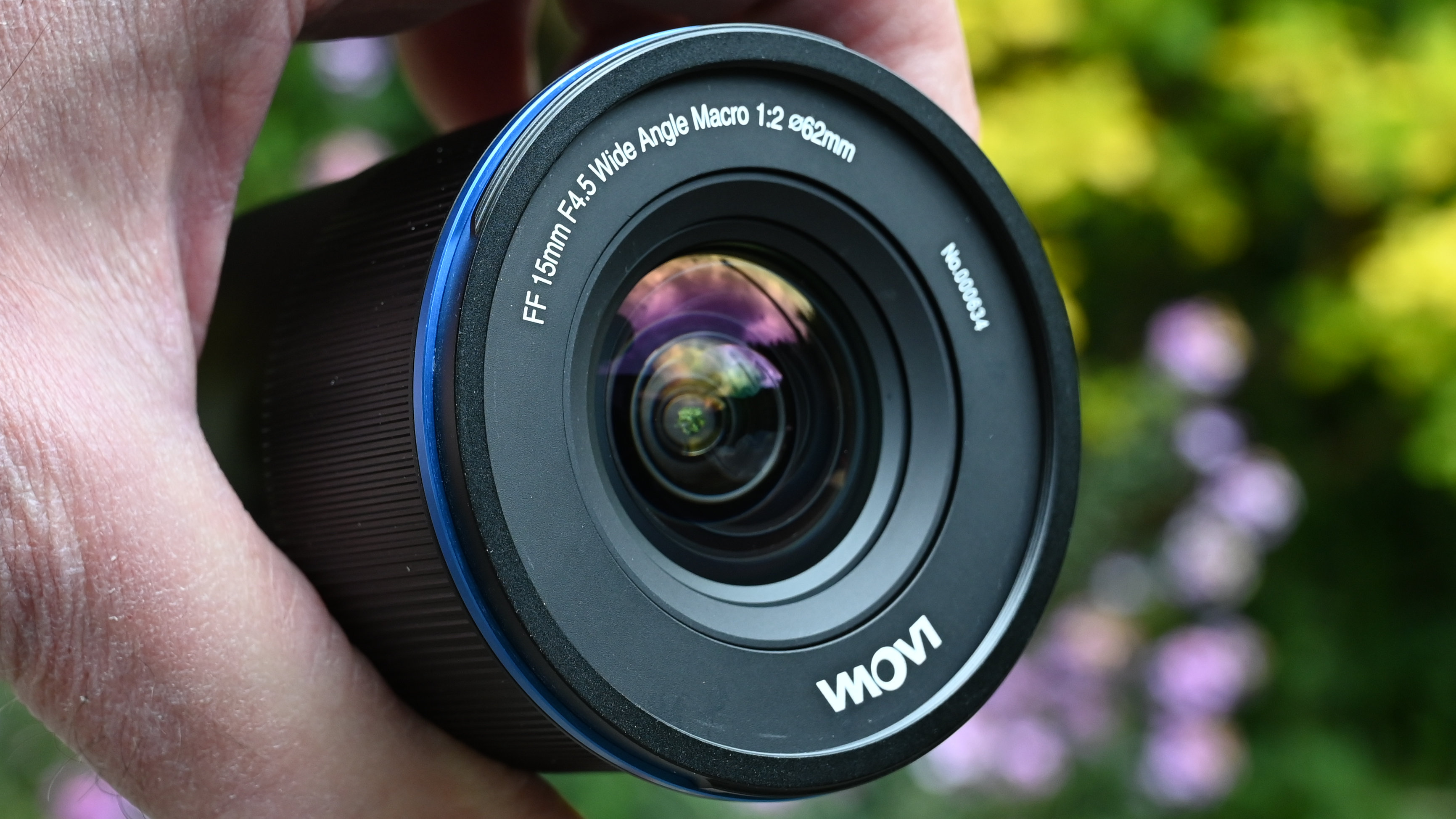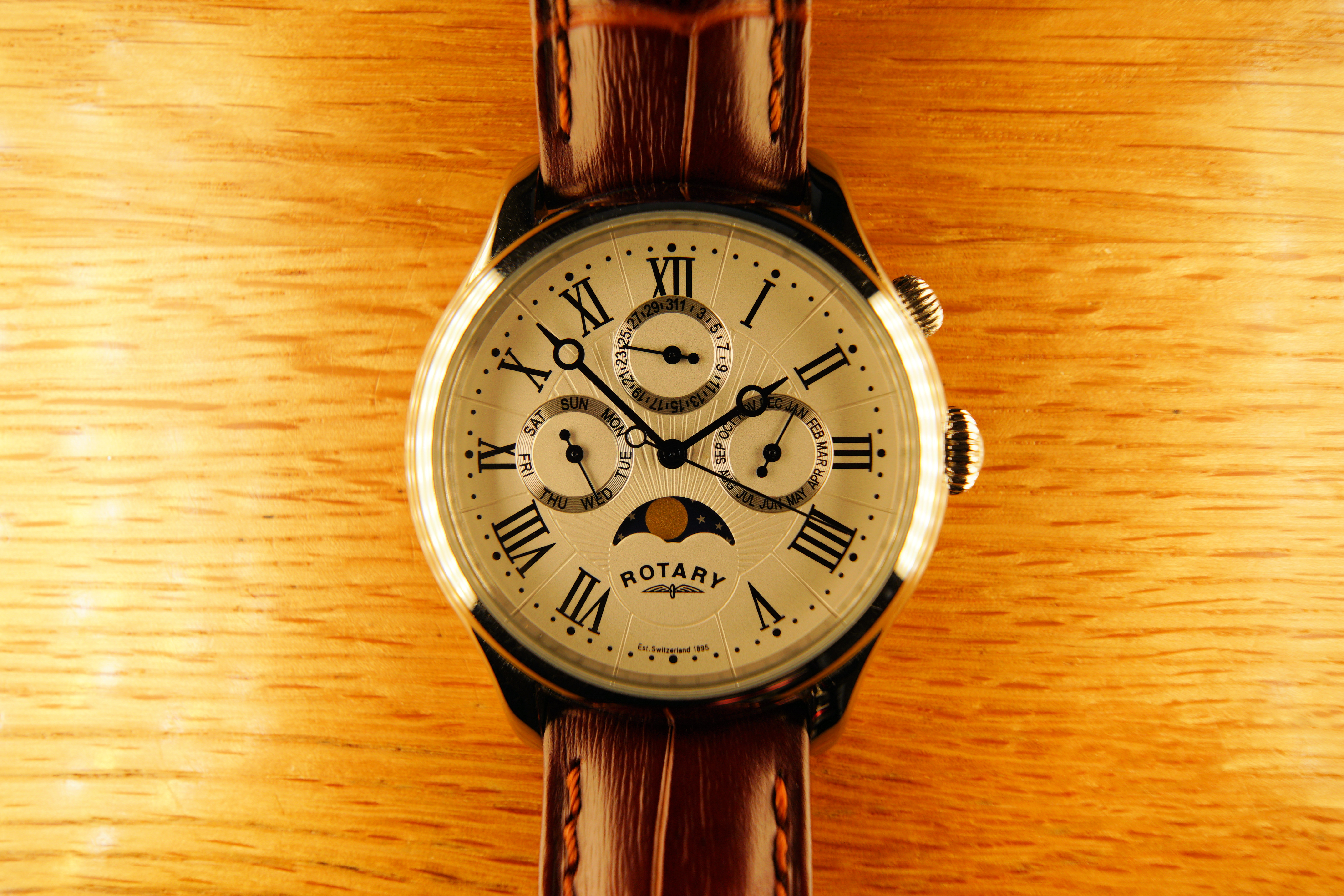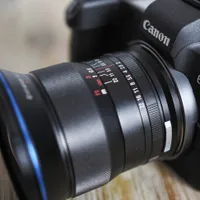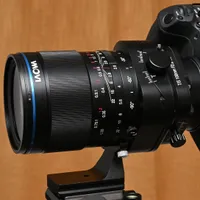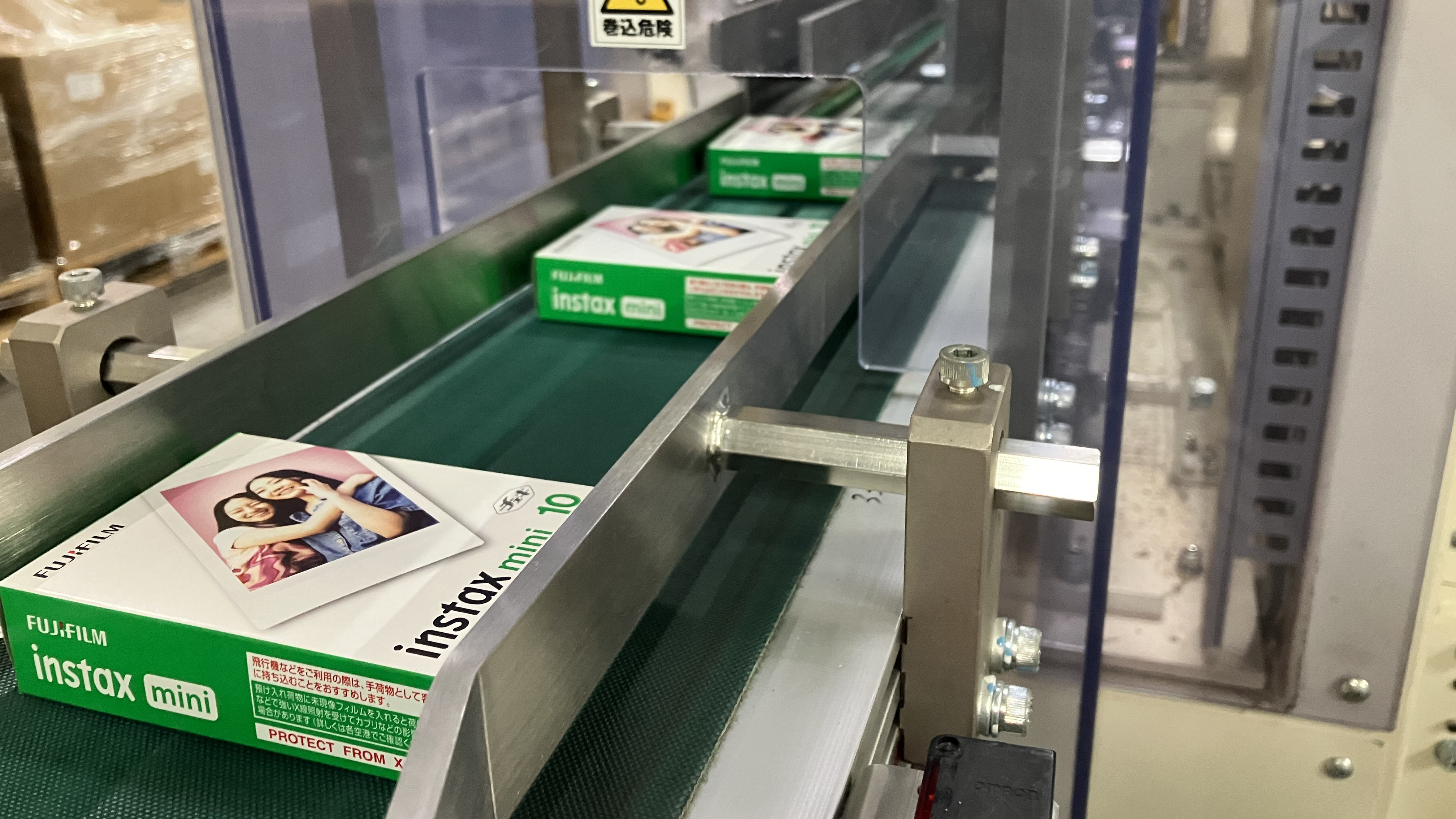Digital Camera World Verdict
The Laowa 15mm f/4.5 0.5x Macro is brilliant for getting shots of tiny objects, set against a sweeping background to put them in context. That’s thanks to the combination of its 0.5x macro magnification and short 15mm focal length. However, it’s a tricky lens to use, as it demands high-precision manual focusing and the macro working distance is extremely short.
Pros
- +
0.5x macro magnification
- +
Ultra-wide viewing angle
- +
Wide-ranging mount options
- +
Quality all-metal build
Cons
- -
Very short working distance
- -
Manual focus
- -
Only some have auto aperture
Why you can trust Digital Camera World
I’ve been impressed with Laowa lenses in the past. They tend to be well built and deliver impressive image quality, if you don’t mind focusing manually, and often setting your aperture manually as well.
There have been a number of 15mm ultra-wide-angle primes, including the fast Laowa 15mm f/2 Zero-D, the perspective-changing Laowa 15mm f/4.5 Zero-D Shift, the diminutive Laowa 15mm f/5 Cookie FF, and the Laowa 15mm f/4 Wide Angle Macro.
The last of these claimed to be the world’s widest full 1.0x macro lens, but is difficult to use and is arguably out of date and out of touch. It was only ever available in two mount options for Canon and Nikon DSLRs, along with optional additional mount adapters for mirrorless cameras sold separately.
The replacement 15mm macro lens that I’m reviewing here sets its sights at a more modest 0.5x maximum magnification, and is available in a number of dedicated mount options straight out of the box. Quite the two-trick pony, it aims to be one of the best macro lenses on the market, as well as one of the best wide-angle lenses.
Laowa 15mm f/4.5 0.5x Macro: Specifications
Mount options | EF, RF, F, Z, L, E |
Lens construction | 16 elements in 11 groups |
Angle of view | 110.5 degrees |
Diaphragm blades | 5 |
Minimum aperture | f/32 |
Minimum focus distance | 0.13m |
Maximum magnification | 0.5x |
Filter size | 62mm |
Dimensions | 48x70mm / 1.88x2.76" |
Weight | 308g / 0.68lb |
Laowa 15mm f/4.5 0.5x Macro: Price
At the time of writing this review, Laowa only stated a selling price in US dollars, the lens being available from the company’s website for $399. That translates to about £299 in the UK and AU$619 in Australia, based on the exchange rates of the day. I feel that’s a very competitive price for a full-frame lens that combines an ultra-wide-angle perspective with a 0.5x macro capability, along with a solid metal build. As I’ll come to next, however, some versions of the lens are smarter than others.
Laowa 15mm f/4.5 0.5x Macro: Design & Handling
The design and handling of this lens vary depending on what mount option you buy. All of them are manual-focus lenses and the Canon RF, Nikon F and L-mount versions are manual-aperture as well. You therefore need to set the aperture via the control ring on the lens itself, which operates in click steps.
The Canon EF, Nikon Z and Sony E mount versions of the lens have built-in electronics and communication with the host camera, so that you can set the aperture from the camera body, as well as using the full range of PASM shooting modes. These versions of the lens don’t have an aperture control ring, just a focus ring, as per the Sony E mount edition that I used for this review.
The best camera deals, reviews, product advice, and unmissable photography news, direct to your inbox!
As a full-frame compatible 15mm prime lens, the Laowa delivers an ultra-wide viewing angle of 110.5 degrees. There’s nothing particularly unusual in that, but the combination of such a wide perspective with 0.5x macro magnification makes this lens something rather special and out of the ordinary. It’s main party trick is that you can get in really close and shoot tiny objects in the context of their surroundings. I often like to use ultra-wide lenses to exaggerate perspective, lengthening the apparent distance between foreground subjects and background, and this lens takes this possibility to the extreme, and then some.
Not just for close-ups, the lens focuses all the way from 0.13m to infinity. That puts plenty of other shooting scenarios within its remit, including landscapes and cityscapes, architectural interiors, real estate photography and more besides. You could also include astrophotography but the f/4.5 aperture rating is a little slow for this. Conversely, stop the aperture down on a bright sunny day and the 5-blade diaphragm will give you 10-point sun stars.
The throw of the focus ring equates to just under 45 degrees, or a quarter of a full turn. The net result is that even a slight adjustment of the focus ring can make a big difference. Manual focusing is often preferred for macro photography but, even so, it can be a real challenge. There’s also the matter of the very short working distance between the front of the lens and the subject when you’re using the shortest focus setting. I’ll come back to these points in ‘performance’ below.
The 5-blade aperture diaphragm that I mentioned earlier gives an operating range of f/4.5 (wide-open) down to f/32. Narrower apertures are often preferred in macro photography to give anything more than a marginal depth of field, but you run the risk of degrading sharpness due to diffraction at very narrow apertures. Some might prefer the manual aperture control ring of some variants of this lens. I prefer the camera-driven control enabled by the electronics in other versions.
The optical layout of the lens is based on 16 elements arranged in 11 groups. These include 2 aspherical elements, 3 ED (Extra-low Dispersion) elements and 3 HR (High Refractive index) elements. The overall aim is to optimize sharpness and clarity while minimizing color fringing and other aberrations.
Laowa 15mm f/4.5 0.5x Macro: Performance
I found that levels of sharpness where pretty good on the whole. That said, it’s best to avoid shooting wide-open, or stopping down too far if you want to make the most of the sharpness on offer. The lens is a little soft wide-open and diffraction impairs sharpness at very narrow apertures, so you’re best off sticking to apertures of f/5.6 down to f/11. Even at medium aperture settings, sharpness tends to drop off towards the edges and corners of the frame.
Sharpness in practical terms depends mostly on two factors – the accuracy of manual focusing and the absence of camera-shake. Let’s start with focusing. You might think that the focus peaking option of mirrorless cameras will enable consistently accurate manual focusing. Forget it. Focus peaking is simply too vague, and the throw of the focus ring can be a little too course to enable the kind of ultra-precise focusing required for macro shots. Where possible, I found it better to use the magnified preview option in mirrorless cameras, and to make tiny forward/backward movements of the camera itself, to really nail focusing.
Most but certainly not all full-frame mirrorless cameras have the benefit of IBIS (In-Body Image Stabilization). For mount options of the lens that feature built-in electronics, IBIS should be able to pick up the necessary vital statistics automatically. For fully manual lenses, you can typically dial in the relevant focal length and aperture of the lens as a menu option to enable IBIS. Either way, it can work fairly well, even at the lens’s maximum 0.5x macro magnification.
Speaking of that maximum 0.5x macro magnification, it can be a challenge to use. The minimum focus distance is quoted as 0.13m / 0.43ft but, as always, that’s measured from the focal plane of the camera, which corresponds to the position of the image sensor within the body. The actual working distance between the front of the lens and the subject shrank to about 25mm or just 1 inch in my tests with the Sony E-mount version of the lens. And that’s with the petal-shaped lens hood removed.
The very short working distance means you have to get uncomfortably close to subjects to make the most of maximum magnification, and the lens can often cast a dark shadow over what you’re shooting, unless you’re able to use an artificial light source that you can fire in from a very shallow angle.
Laowa 15mm f/4.5 0.5x Macro: Sample Images
The following gallery of sample shots was taken at Bristol Floating Harbour in the UK, along with some extreme close-ups of garden flowers captured at or near the minimum focus distance of the lens.

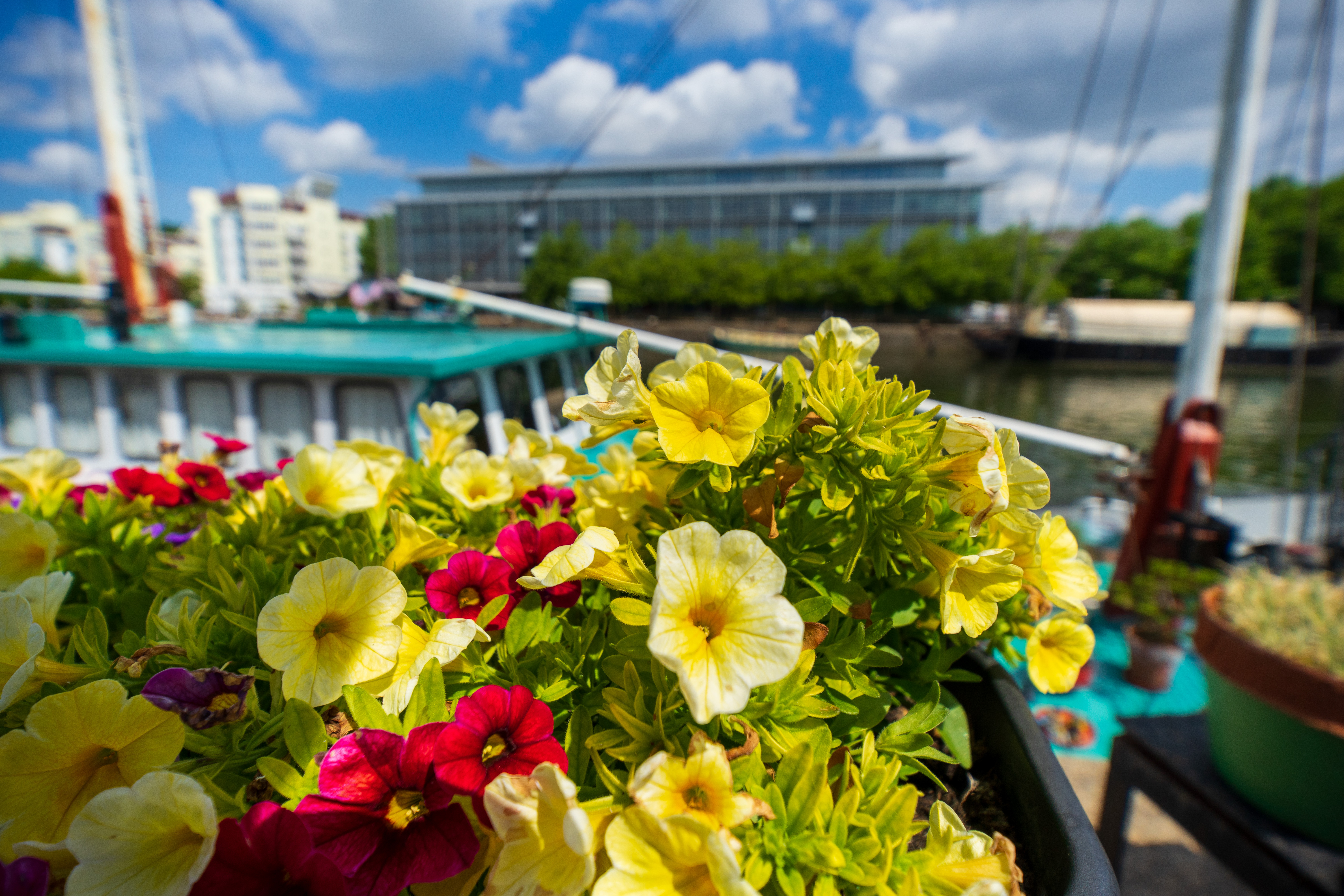







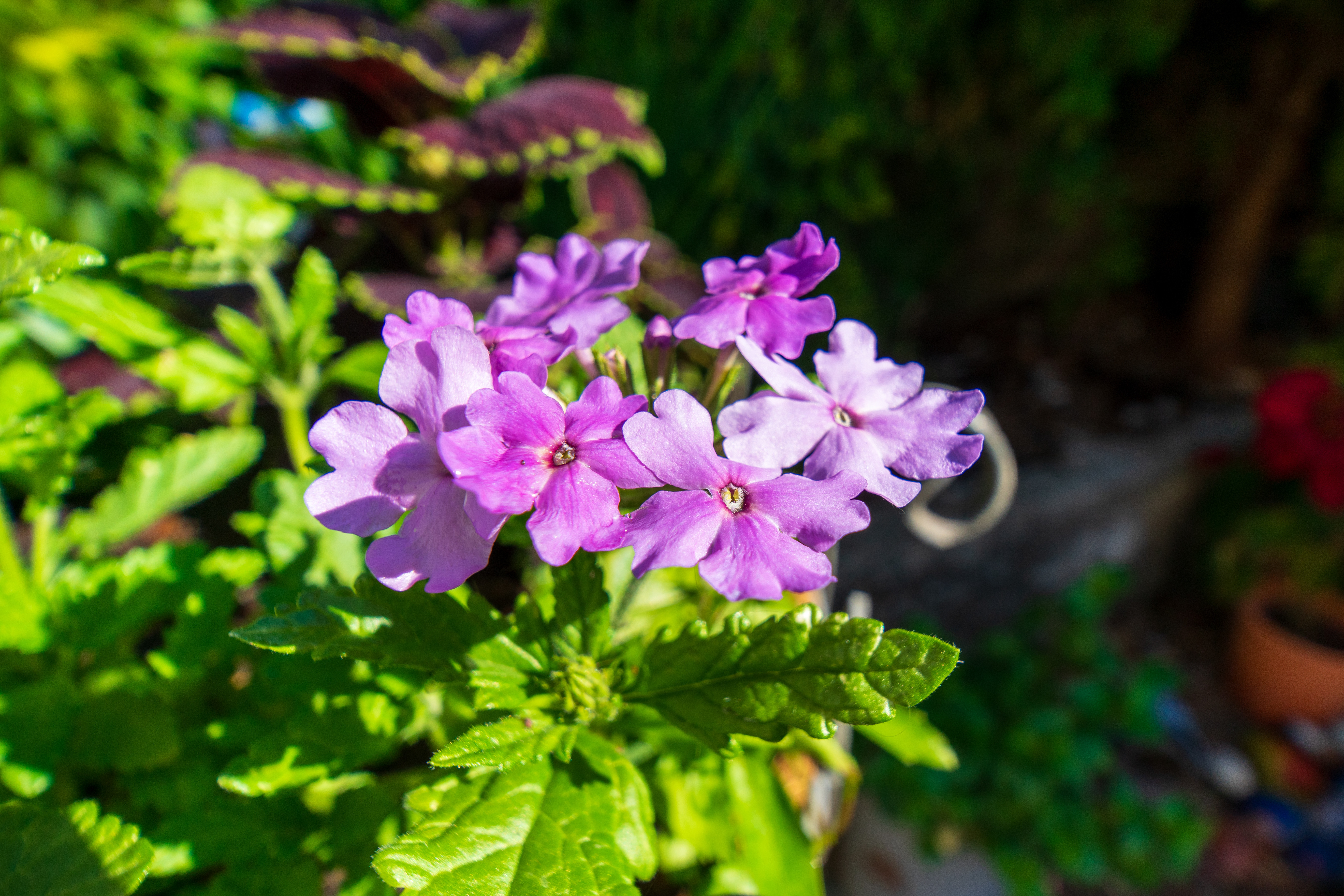
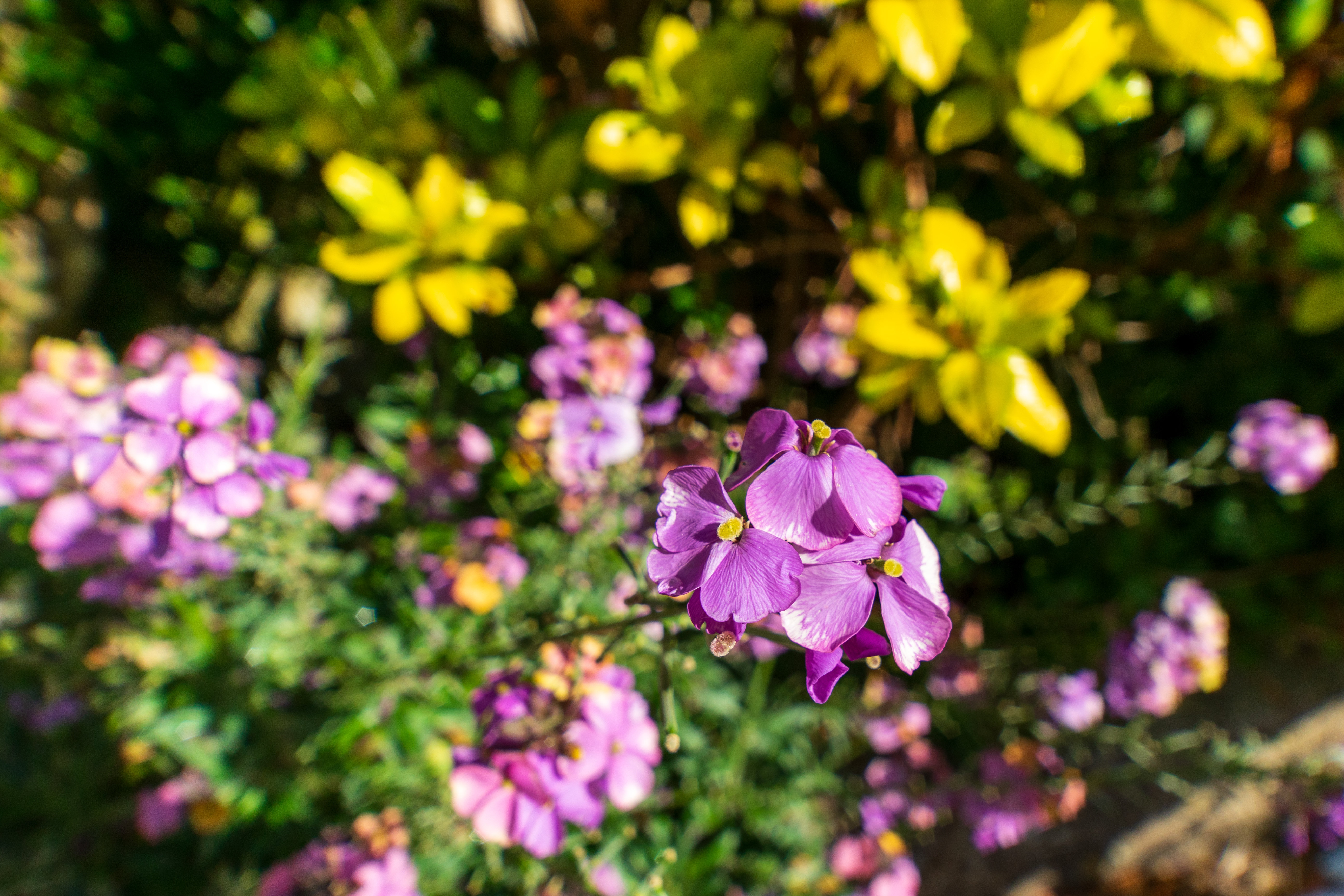
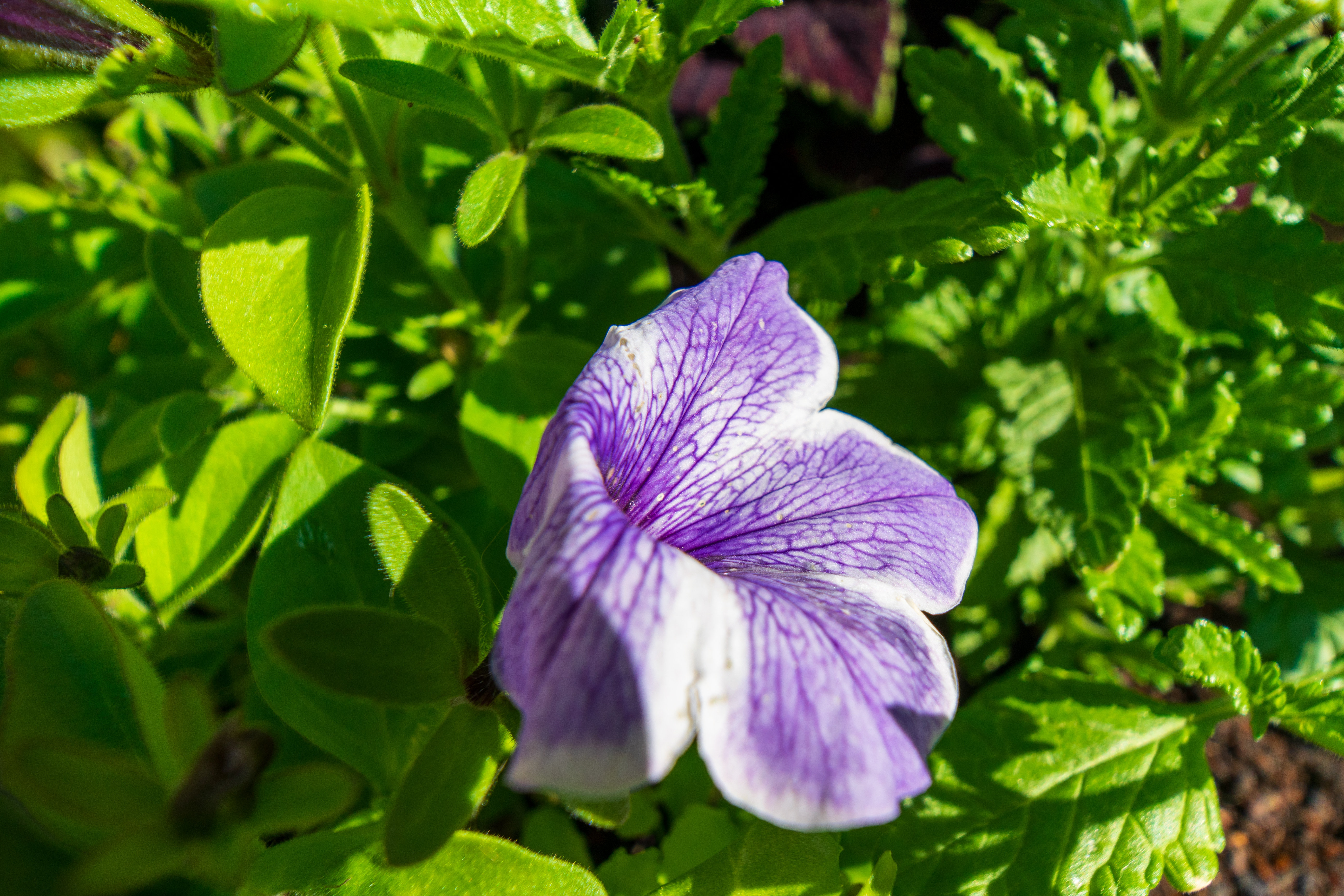



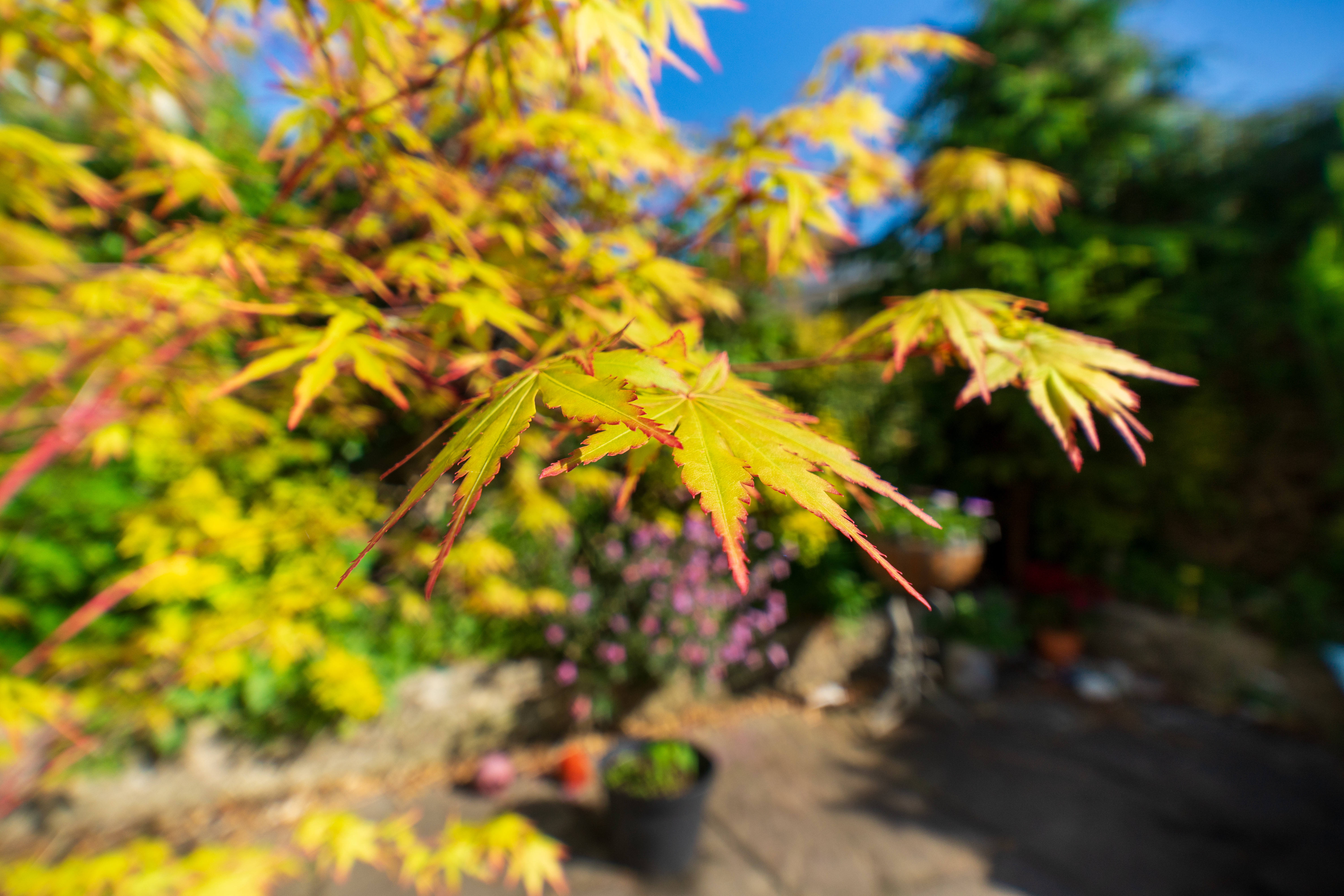
Laowa 15mm f/4.5 0.5x Macro: Lab Results
We run a range of lab tests under controlled conditions, using the Imatest Master testing suite. Photos of test charts are taken across the range of apertures and zooms (where available), then analyzed for sharpness, distortion and chromatic aberrations.
We use Imatest SFR (spatial frequency response) charts and analysis software to plot lens resolution at the center of the image frame, corners and mid-point distances, across the range of aperture settings and, with zoom lenses, at four different focal lengths. The tests also measure distortion and color fringing (chromatic aberration).
Sharpness:
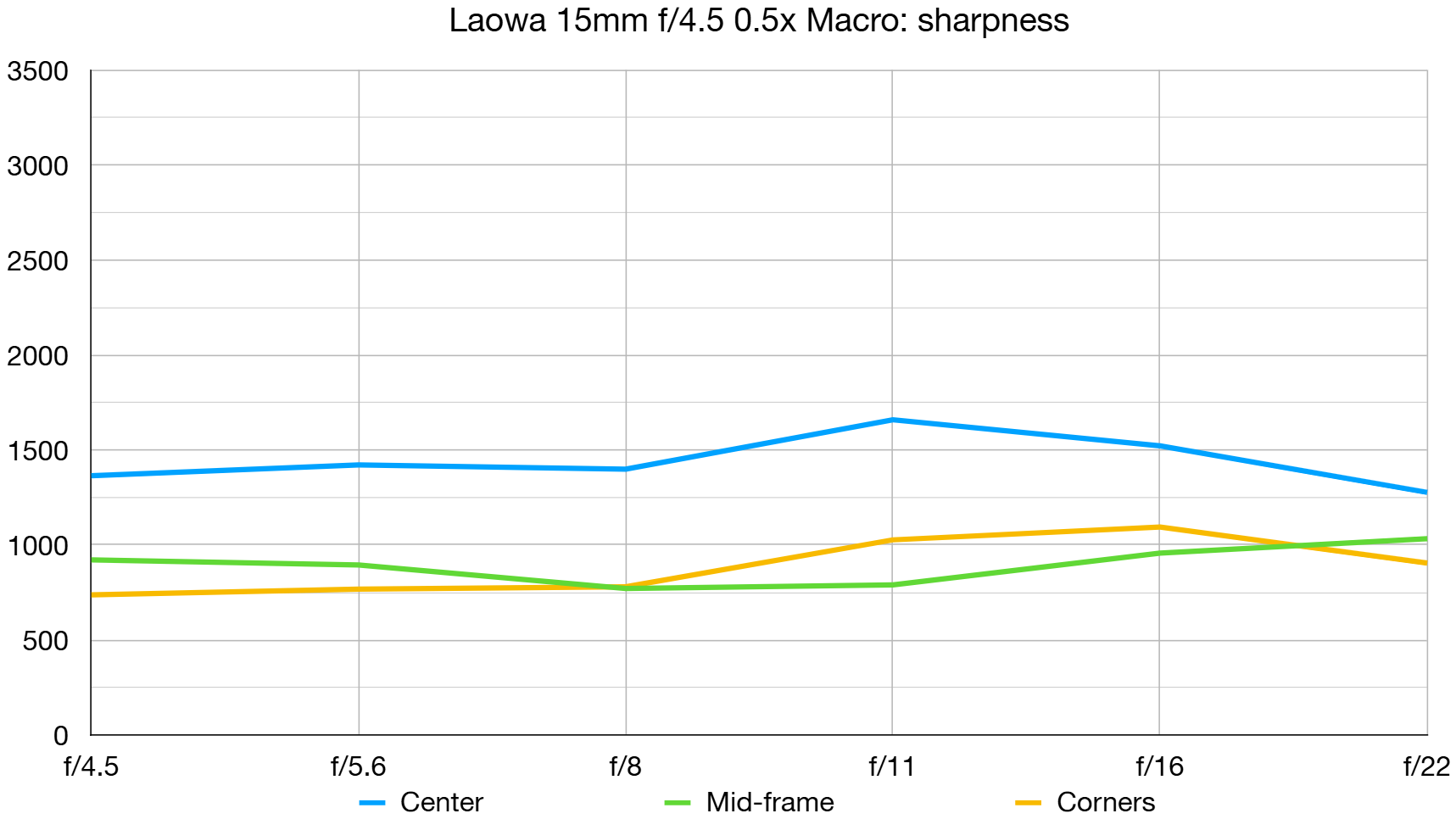
In our lab tests, levels of sharpness in the central region of the frame turned out to be good rather than entirely great and they’re relatively poor towards the edges and corners of the frame.
Fringing:
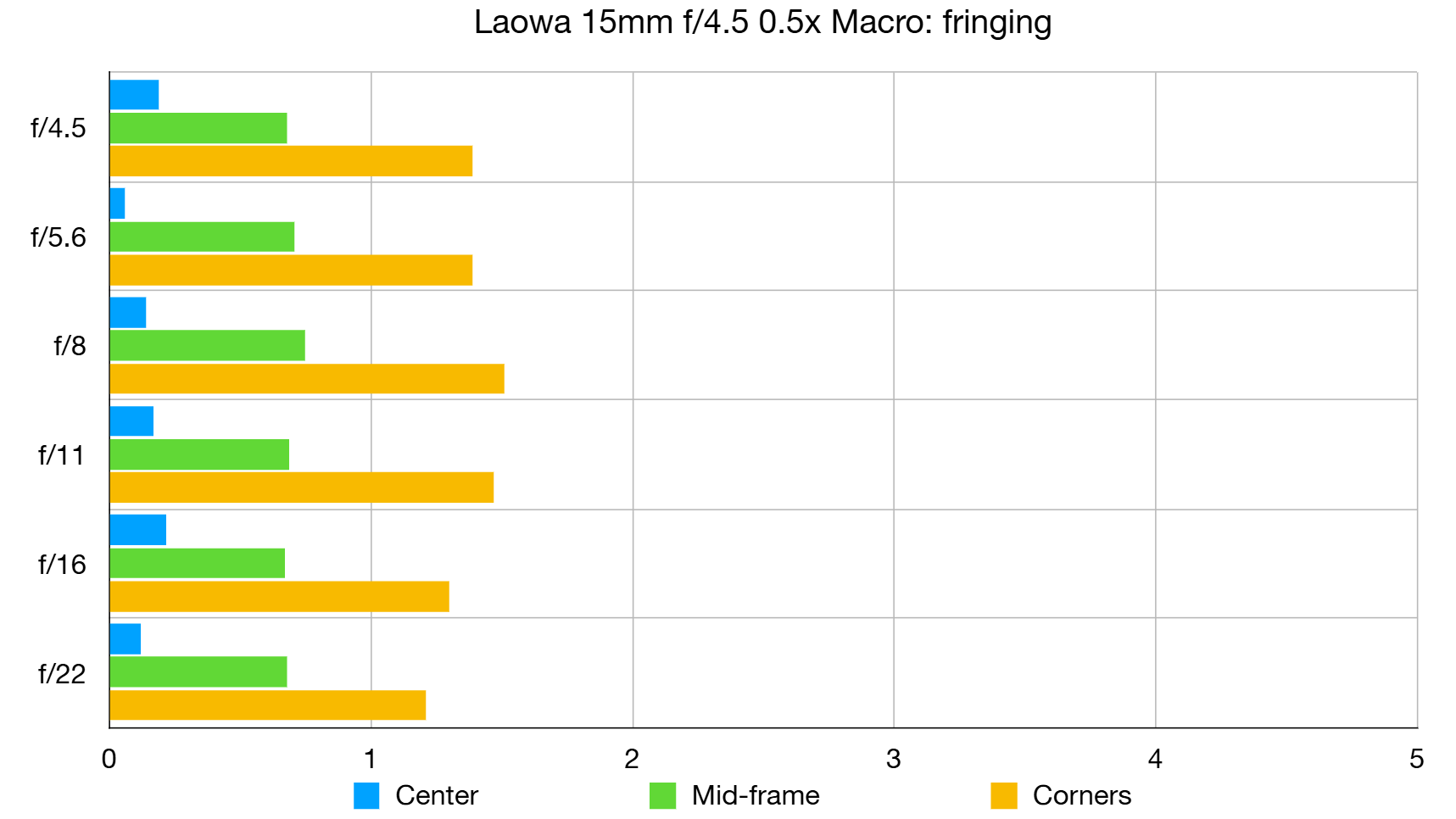
There’s a little color fringing which can be slightly noticeable towards the edges and corners of the image frame but it’s pretty well controlled overall.
Distortion: -1.45
For such and ultra-wide-angle lens, there’s relatively little barrel distortion. The Laowa scores very well in this respect.
Laowa 15mm f/4.5 0.5x Macro: Verdict
I like that the Laowa 15mm f/4.5 0.5x Macro offers a different shooting experience to the vast majority of ultra-wide-angle lenses and macro lenses, by combining both facets in one package. The killer feature is the lens’s ability to capture extreme close-ups of small objects, complete with a broad expanse of the background to put them into context. The extremely short working distance of around 25mm / 1 inch can make the maximum 0.5x macro magnification hard to use, and manual focusing can be tricky, but with a little patience the lens is capable of delivering very pleasing and even extraordinary results.
Features ★★★★☆ | Ultra-wide vision and 0.5x magnification are the main features but there’s no autofocus and some versions also lack camera-controlled aperture adjustment. |
Design ★★★★☆ | The design and build quality are very convincing, based on a solid yet fairly lightweight all-metal construction. |
Performance ★★★★☆ | Image quality is generally very pleasing but it’s best to stick to medium aperture settings for optimum sharpness. |
Value ★★★★☆ | It’s not an autofocus lens but even so, the price is very competitive considering the build quality and optical performance. |
Alternatives
The fully manual, full-frame Laowa 15mm f/2 Zero-D lives up to its billing in being an impressively distortion-free ultra-wide-angle lens. The fast aperture is a bonus if you don’t need macro magnification and it can still focus all the way down to just 0.15m / 0.49ft. It’s available in Canon RF, Nikon Z Sony E and L-mount options.
The full-frame compatible Laowa FFII TS 100mm F2.8 Macro 1X has a more conventional focal length as a full 1.0x macro lens but adds tilt and shift facilities. The tilt function is particularly beneficial for extending depth of field in macro photography. The lens is available in a wide range of E, RF, Z, L, G and XCD mount options.
Matthew Richards is a photographer and journalist who has spent years using and reviewing all manner of photo gear. He is Digital Camera World's principal lens reviewer – and has tested more primes and zooms than most people have had hot dinners!
His expertise with equipment doesn’t end there, though. He is also an encyclopedia when it comes to all manner of cameras, camera holsters and bags, flashguns, tripods and heads, printers, papers and inks, and just about anything imaging-related.
In an earlier life he was a broadcast engineer at the BBC, as well as a former editor of PC Guide.
You must confirm your public display name before commenting
Please logout and then login again, you will then be prompted to enter your display name.

